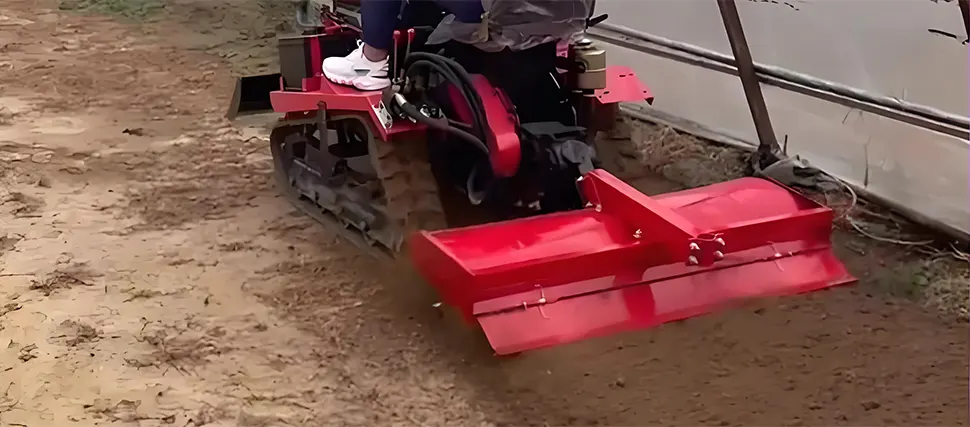The miniature farm tiller is a kind of small agricultural machinery and equipment suitable for families, small-scale farms and mountainous areas, etc. It can be used to replace manpower for digging, loosening soil, plowing and sowing. It can replace human power and be used for digging, loosening soil, plowing, sowing and other work. It is now selling more and more in the domestic market, and more and more farmers are beginning to adopt such a machine to improve productivity.

The Basic Working Principle of a Miniature Farm Tiller
The basic working principle of the miniature farming machine is to rely on the engine to drive the rotating blade for digging, plowing and other operations. The power of the engine is transmitted to the gearbox, which transmits power through the wire rope, and this power will be transmitted to the main shaft. The main shaft is the core part of the machine and mounts the blades and tools for digging. While rotating, the main shaft can control the height and tilt angle of the tools on its upper end to enrich the form of operation of the machine.
Transmission Systems for Microtillers
The transmission system of the miniature farming machine is generally divided into two parts: engine transmission and working part transmission.
1. Engine transmission
Engine transmission mainly has the following parts: clutch, transmission, gearbox, drive shaft and main shaft. When the engine starts, the clutch will transfer the engine power to the transmission. The transmission transmits the power from the engine to the transmission by means of gears that work together to change the speed range. The agricultural gearbox transfers the power from the transmission to the PTO shaft, which in turn transfers the power from the engine to the main shaft.
